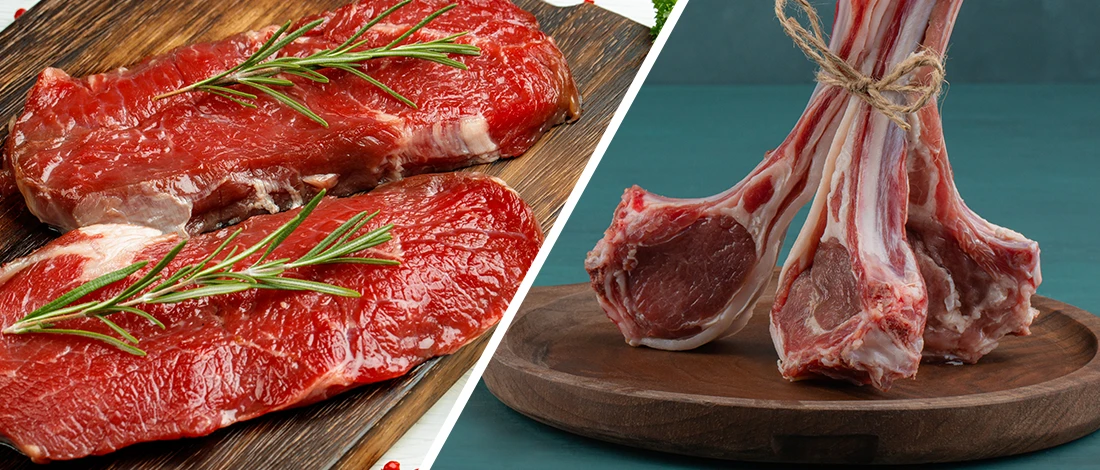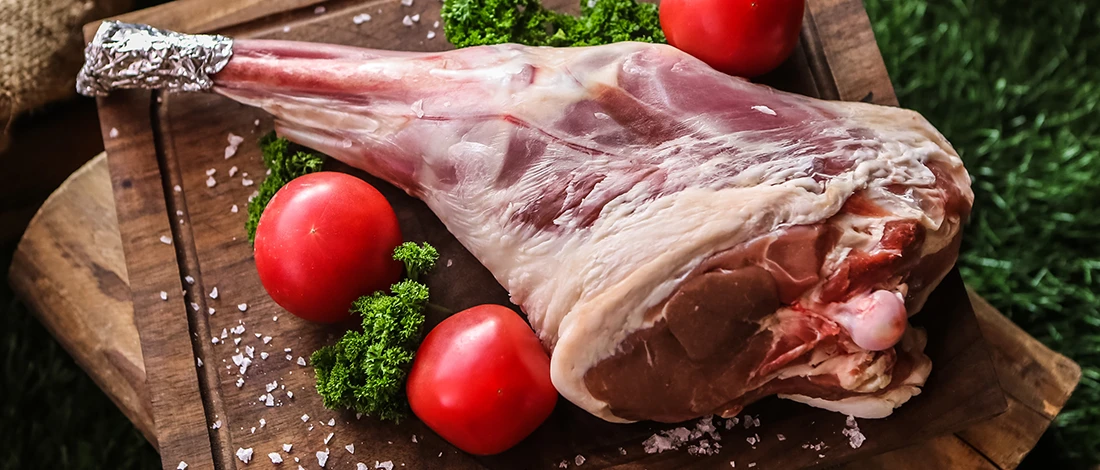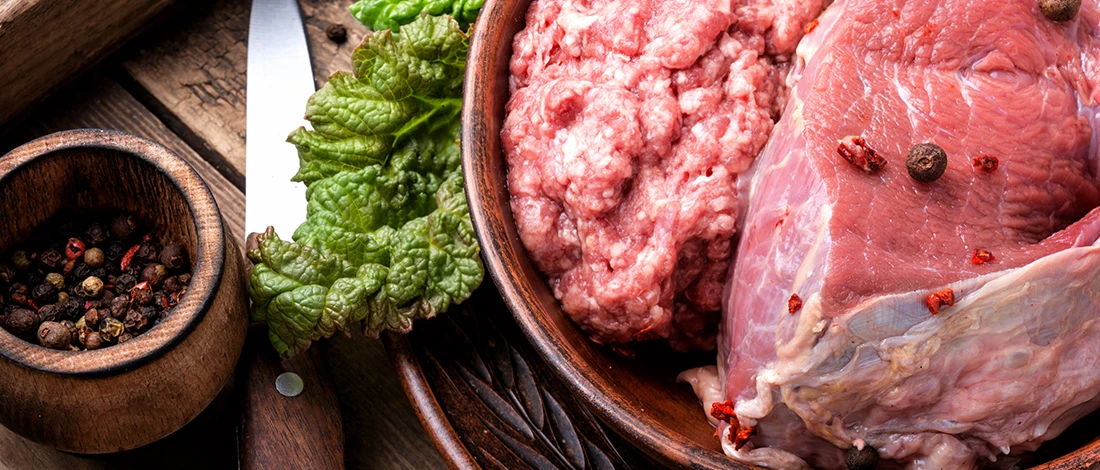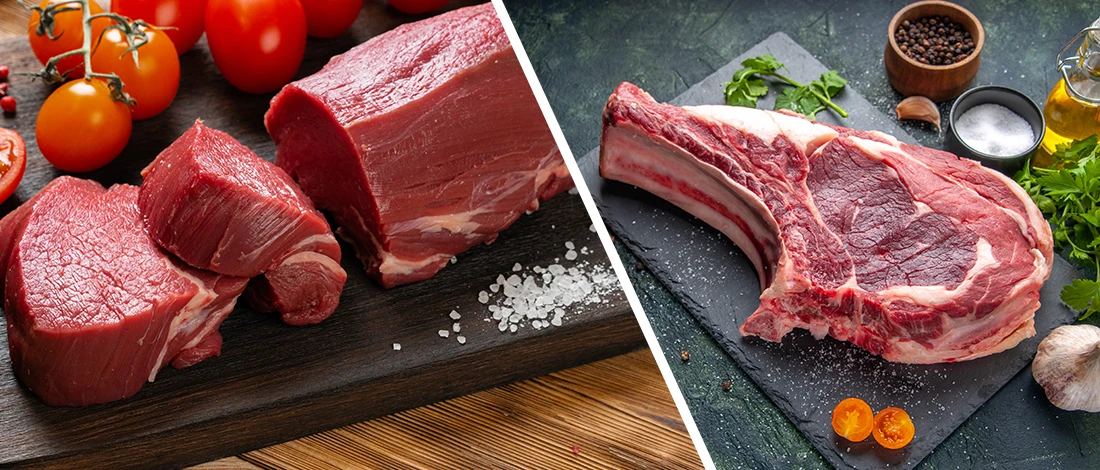As someone who lives the carnivore lifestyle, I'm often asked about the difference between cured and uncured meat and which is better.
Uncured meat has recently become a part of my diet. Still, before including it in my regimen, I did extensive research and talked to my nutritionist for a scientific perspective.
Here's a quick run-down of cured vs. uncured meat and what you should look for when making your next purchase.
Quick Summary
- Uncured meat is meat with no synthetic nitrates or nitrites treatment but uses natural preservatives like celery powder or a salt mixture.
- Uncured meats often have higher salt content than cured ones due to the absence of chemical preservatives.
- Cured meat has been treated with salt, nitrates, and nitrites to extend its shelf-life.
- For reliable quality meat sources, ButcherBox is a legitimate choice.
Uncured Meat

Uncured meat is meat with no synthetic nitrates or nitrites treatment.
Preservatives are added to cured meats to give them their pronounced pink hue and extend their shelf life.
Uncured are still processed meats; the only difference is that they don’t use chemical brine or preservatives.
For example, uncured hot dogs, bacon, and sausages use a natural preservative like celery powder or salt. That said, they generally do not last as long as cured meats.
However, this does not mean nitrates and nitrites are not found in uncured meat products [1].
You can still isolate these compounds in uncured meats and naturally occurring curing agents.
"But the relationship between dietary nitrates/nitrites and health is a lot more nuanced than merely saying "they're bad for us." For example, the high natural nitrate content of beetroot juice has been credited with lowering blood pressure and enhancing exercise performance."
- The BBC
Although considered better, the lack of chemical preservatives makes uncured meats often have a higher salt content than their cured counterparts.
However, it is important to note that both types of meat can have more sodium than your body needs. Therefore, you should always check the nutrition label before purchasing either type of meat.
Furthermore, uncured options contain natural ingredients converted to sodium nitrite or nitrates.
These can be converted into cancer-causing compounds in the body, just like artificial chemicals.
Opting for uncured meats offers several advantages, including:
Reduced Nitrite Exposure
Uncured meats, like uncured bacon or pork belly, are processed without adding sodium nitrate or nitrite, resulting in significantly lower nitrite exposure.
This reduces the potential health risks associated with nitrosamine formation.
Natural Ingredients
To preserve meat, uncured meats often employ natural salts or alternative curing agents, such as celery juice.
These options are perceived as healthier and align with the natural curing process, providing peace of mind for health-conscious consumers.
Lower Sodium Options
For those watching their sodium intake, uncured meats generally contain lower sodium levels than their cured counterparts, making them a preferred choice for individuals with dietary restrictions.
What is Cured Meat?

Cured meats are meat products that have been preserved, typically involving sodium nitrate or nitrite.
This process, known as curing, inhibits the growth of bacteria and other microorganisms while extending the shelf life of the meat.
Curing is accomplished by treating meat with salt, chemical additives, or other processing agents to preserve the meat products and enhance flavor.
The curing process can take weeks or even months, depending on the type of meat and the desired result.
Salt and other preservatives are injected into the meat to reduce its moisture level and increase its shelf life.
Examples of cured meats include:
- Hot dogs
- Bacon
- Ham
- Sausage
- Pepperoni
One of the main benefits of eating cured meat is that it provides your body with high-quality protein for building and maintaining muscle mass.
Cured meats are also a good source of B vitamins, essential for energy production and immune function [2].
However, curing meat is associated with health risks like:
- High blood pressure and other cardiovascular problems linked to high sodium intake.
- Weight gain due to high fat and calorie content.
- Cancer due to nitrates and nitrites contents [3].
Key differences between cured and uncured meats include:
Use of Nitrites and Nitrates
The primary distinction between cured and uncured meats lies in using nitrites and nitrates.
Cured meats utilize these synthetic chemicals to preserve meat, while uncured meats rely on natural sources like celery juice in the preservation process.
Preservation Methods
Cured meats undergo wet curing or dry curing processes, whereas uncured meats utilize natural curing processes that avoid synthetic chemicals.
Flavor and Texture
Cured meats often exhibit a distinct smoky, savory flavor and a firmer texture due to the curing process.
Uncured meats may have a milder flavor profile and a softer texture, allowing the natural taste of the meat to shine through.
Also Read: How to Season Meat?
Natural Meat
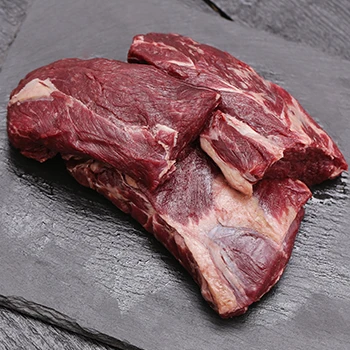
Natural or fresh meat contains no additional salt, nitrates, or nitrites.
Natural meat has a short shelf life and needs refrigeration or to stay frozen for food safety.
The main benefit of eating fresh meat is knowing exactly what you're cooking.
Although natural meat is a better option, it is important to remember that all meat contains some saturated fat and cholesterol.
Related Articles:
FAQs
Is Uncured Ham Safe to Eat?
Uncured ham is safe to eat if taken in moderation. Its natural preservation process doesn't use any synthetic chemicals, which can be harmful.
Which Tastes Better, Cured or Uncured Ham?
Cured ham often tastes better than uncured ham because it has a richer flavor because of the added flavorings when you cure meat.
References:
- https://www.mdanderson.org/publications/focused-on-health/eat-less-processed-meat.h11-1590624.html
- https://pubmed.ncbi.nlm.nih.gov/23871079/
- https://pubmed.ncbi.nlm.nih.gov/35303088/



